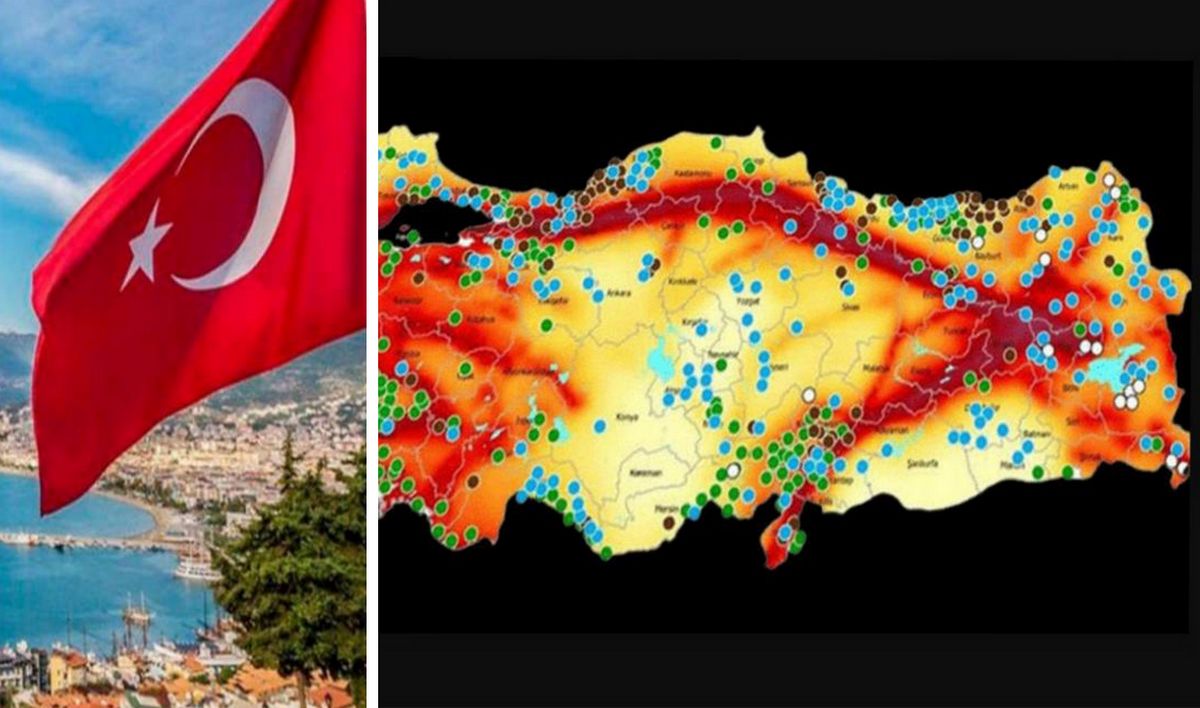The most attractive place in Turkey – the “cultural capital” of the country, where thousands of tourists from Europe go on weekend tours, is now deadly dangerous for its residents and tourists. Turkish geologist Okan Tuysyus from Istanbul Technical University distinguished himself with such another forecast on the pages of the Hurriyet newspaper. The reason is the low seismic resistance of buildings in Istanbul, most of which will inevitably collapse at the first strong shock, burying all the residents under their ruins.
According to the expert’s statement, about 70% of buildings in Istanbul are not seismically resistant, that is, to ensure some kind of safety for residents and tourists, approximately 90,000 buildings must either be demolished and rebuilt or at least strengthened.
“The first rule during an earthquake is to reduce the risk. If at least one person lives in each of these buildings, this step can save 90,000 lives,” Tuysyuz said. He called for help from civil engineers, geologists, and geophysicists. “If the country takes action, it can form a great scientific army. I would very urgently convene a scientific commission, first of all, I would determine what needs to be done,” he emphasized.
We will remind you that this expert is the author of the seismological danger map of Turkey, which is quite “stressful” for tourists. According to it, more than half of all provinces of the country were on the seismic fault line: 45 out of 81. Moreover, such famous holiday destinations as Antalya, Istanbul, Mugla, known for the resorts of Bodrum, Marmaris, etc., and Izmir, where tourists plan to go on vacation in the spring-summer period. The geologist stated that the exact location of most faults is unknown, so it is difficult to point to specific places that are prone to the greatest danger. Read the details in this article.
His colleague, Hussein Alan, by the way, counts fewer such provinces — only 24 provinces, including “capital cities and popular resorts.” He emphasized that settlements near the fault should not be allowed by introducing a law or ordinance on the fault. “If a real estate agent is going to sell a house within 100 meters of a danger zone, he has to report it,” explained Alan. According to him, the previous act on natural disasters, dated 1959, must be updated immediately by today’s circumstances and technological possibilities.
He also commented on the forecasts for Istanbul. Mr. Alan noted that it is necessary to prepare an urgent strategic risk reduction plan for the metropolis, which is home to almost 16 million people. In particular, the city needs to conduct a “fresh tsunami risk analysis” and demolish all buildings located in the risk zone – primarily in riverbeds. We will remind, by the way, that a significant part of the “risk zones” is occupied by tourist infrastructure, since it is mainly a coast with a beautiful appearance.

